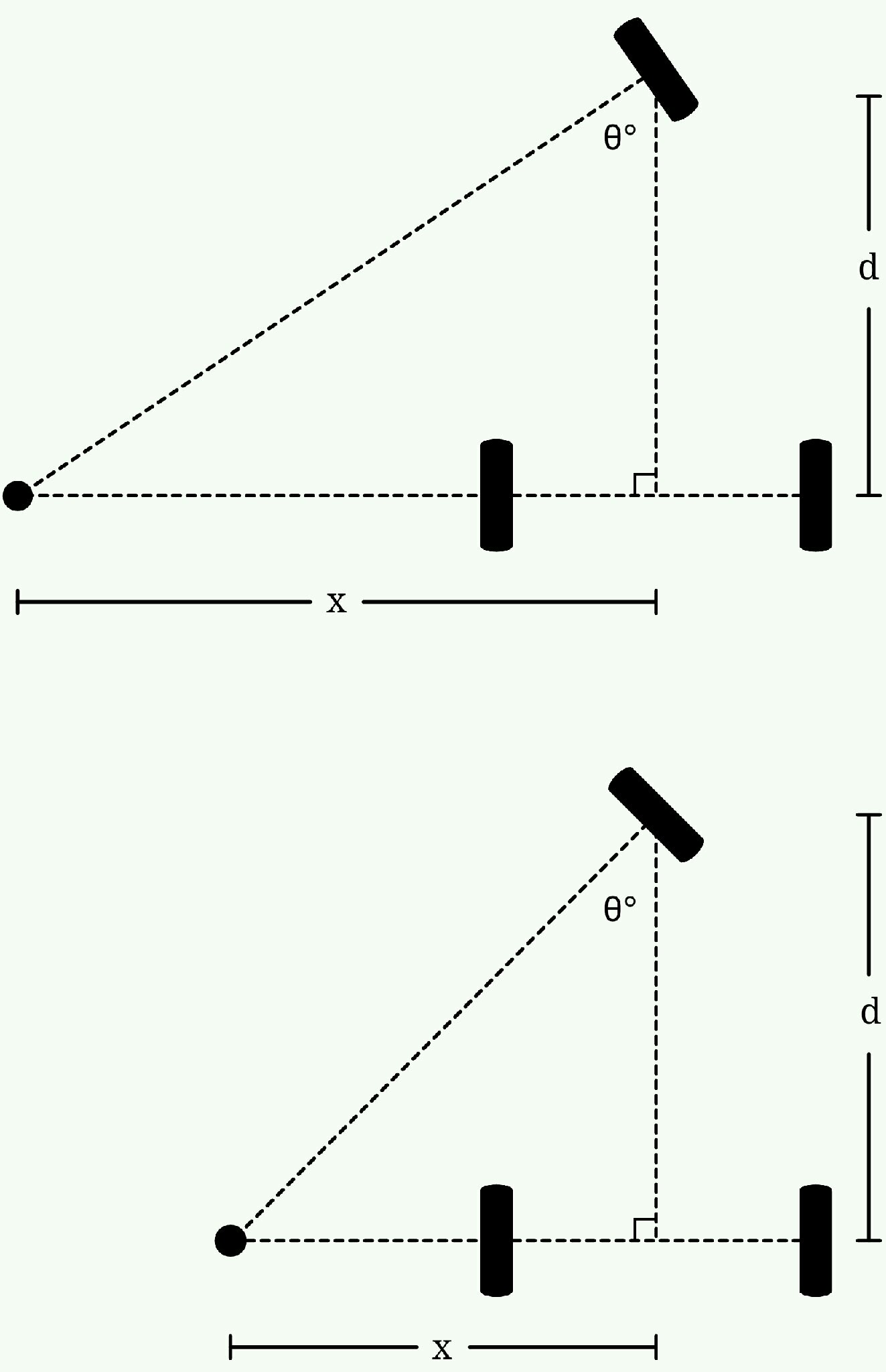I'm working on a program that requires a taxiing passenger aircraft (of any model) to perform a semi-accurate turn given a steering angle of the front landing gear. For this I need to calculate the pivot/center point for the aircraft to rotate around. There seem to be a few factors that influence this (including some basic specifications of the aircraft) but I can't seem to find even a general equation that breaks it down.
I'm aware that there are also a number of more complex factors that would influence this, but for my purposes I'm assuming an ideal situation with minimal interference.
Thanks in advance!

